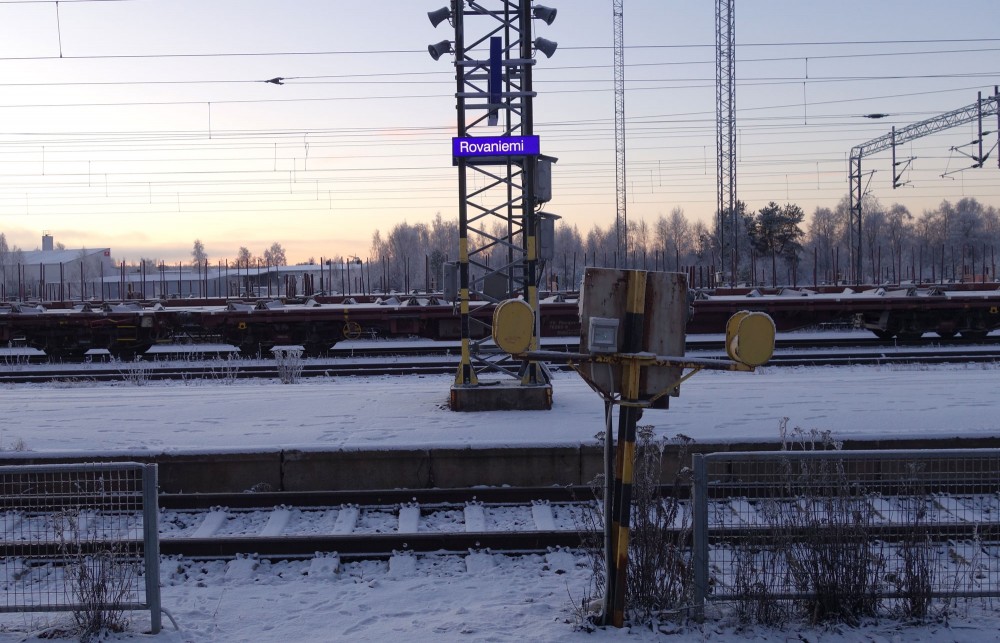
The Arctic railway
ADVERTISEMENT
By Eilís Quinn
The Herder
INARI, Finland – Jussa Seurujarvi, a 23-year-old Indigenous Saami reindeer herder, still remembers the relief he felt when the proposed Arctic railway, a massive infrastructure project that would have stretched across northern Finland into Norway, was nixed by a report released publicly earlier this year.
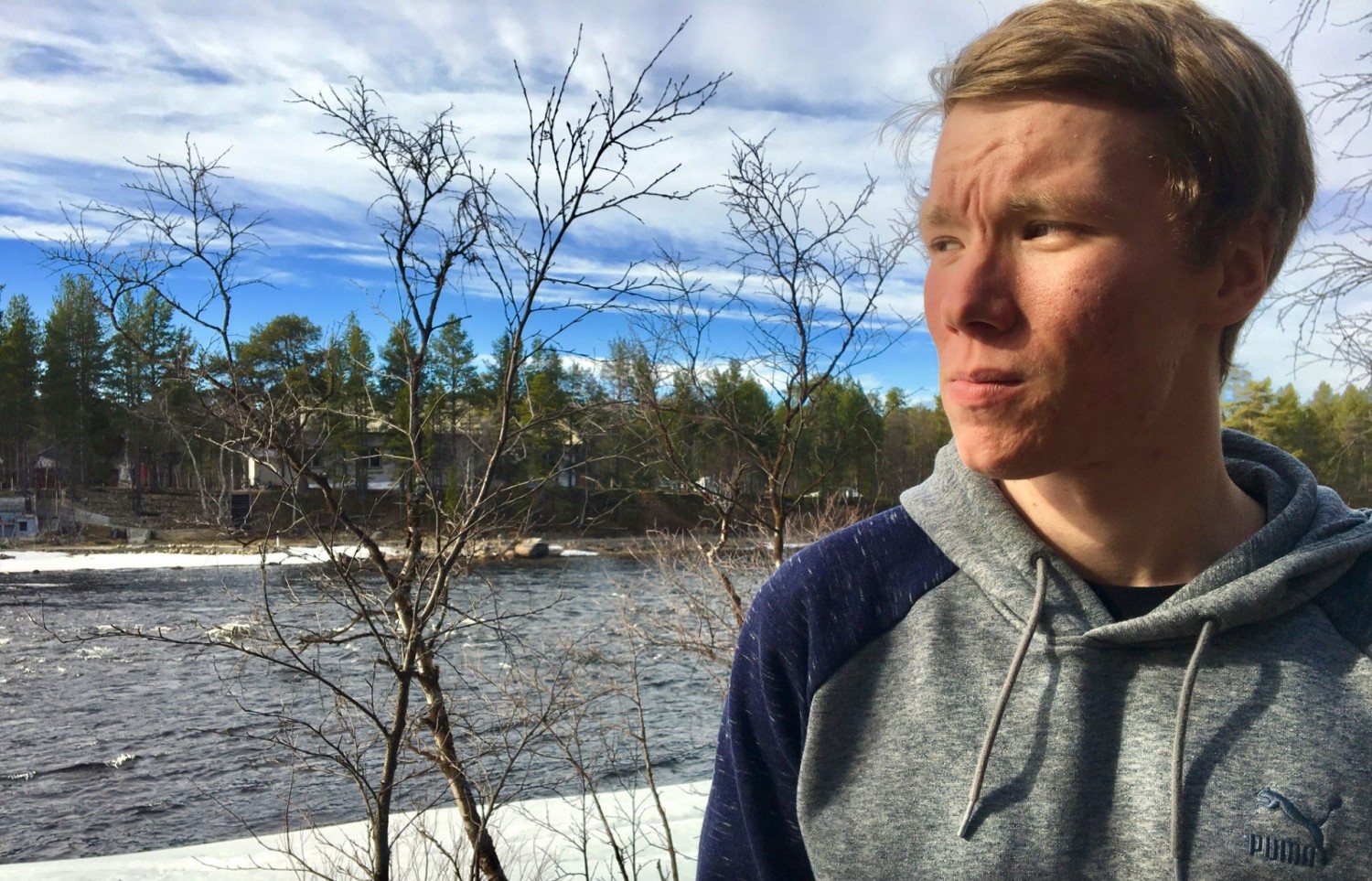
In it, the joint Finnish-Norwegian working group, put together by Finland’s Ministry of Transport and Communications to examine the plan, concluded that projected cargo loads couldn’t justify project’s €3-billion price tag and the exorbitant knock-on costs of updating infrastructure in southern Finland to feed the new route.
The railway under consideration would have sliced through reindeer herding districts in Arctic Finland and Norway, put reindeer at risk of train collision and sped up Arctic development and resource extraction that Saami say is already putting untenable strain on their culture and livelihoods.
“The railway would have split every family’s winter pastures around our (reindeer) cooperative,” said Seurujarvi, who’s from the village of Partakko.
ADVERTISEMENT
“And we’re already under so much pressure. In my cooperative, there’s been issues with the logging for over 30 years. We’ve lost so much space from our winter pastures that we have to feed our reindeer more and more with hay. But it can not be like this. Reindeer is not a cow or sheep or pig. Reindeer belongs to the forest and to nature, just like the reindeer herder.”
Although it was economic considerations that eventually tanked the railway project, Seurujarvi was proud of what the Saami had done across Europe to have their voices heard.
For well over two years, the Saami parliaments in Finland, Norway and Sweden, had spoken out against the project. This was in addition to the Saami Council, the NGO that promotes the rights and pan-Arctic interests of the estimated 100,000 to 150,000 Saami in Finland, Sweden, Norway and Russia – the Saami homeland collectively referred to as Sapmi.
“We are the guardians of the lands and waters against actions which are against the life (here),” said Tiina Sanila-Aikio, president of the Saami Parliament of Finland.
“I know that (the railway) can not be built without hurting Saami culture. The railroad will not bring anything good, it will transport forestry (products), mining products, oil and gas from the area.”
Locally, there’d even been protests, including a week-long one in Inari, Finland in September 2018 that environmental group Greenpeace helped organize, and that included Indigenous activists from places like Canada and New Zealand who came to show their support.
“After (the report) in February, everything was silent on the Arctic railway and I was hoping the project would disappear from the media and from the ideas of politicians and companies,” Seurujarvi said.
But then in May everything changed when Finnish multi-millionaire entrepreneur Peter Vesterbacka, the marketing mastermind behind the Angry Birds mobile game, took the stage at the Arctic Business Forum in Rovaniemi, Finland and made an announcement that sent shockwaves across Sapmi.
The working group report was wrong about the project’s economic potential, he said.
And he was going to bring the Arctic railway project back from the dead.
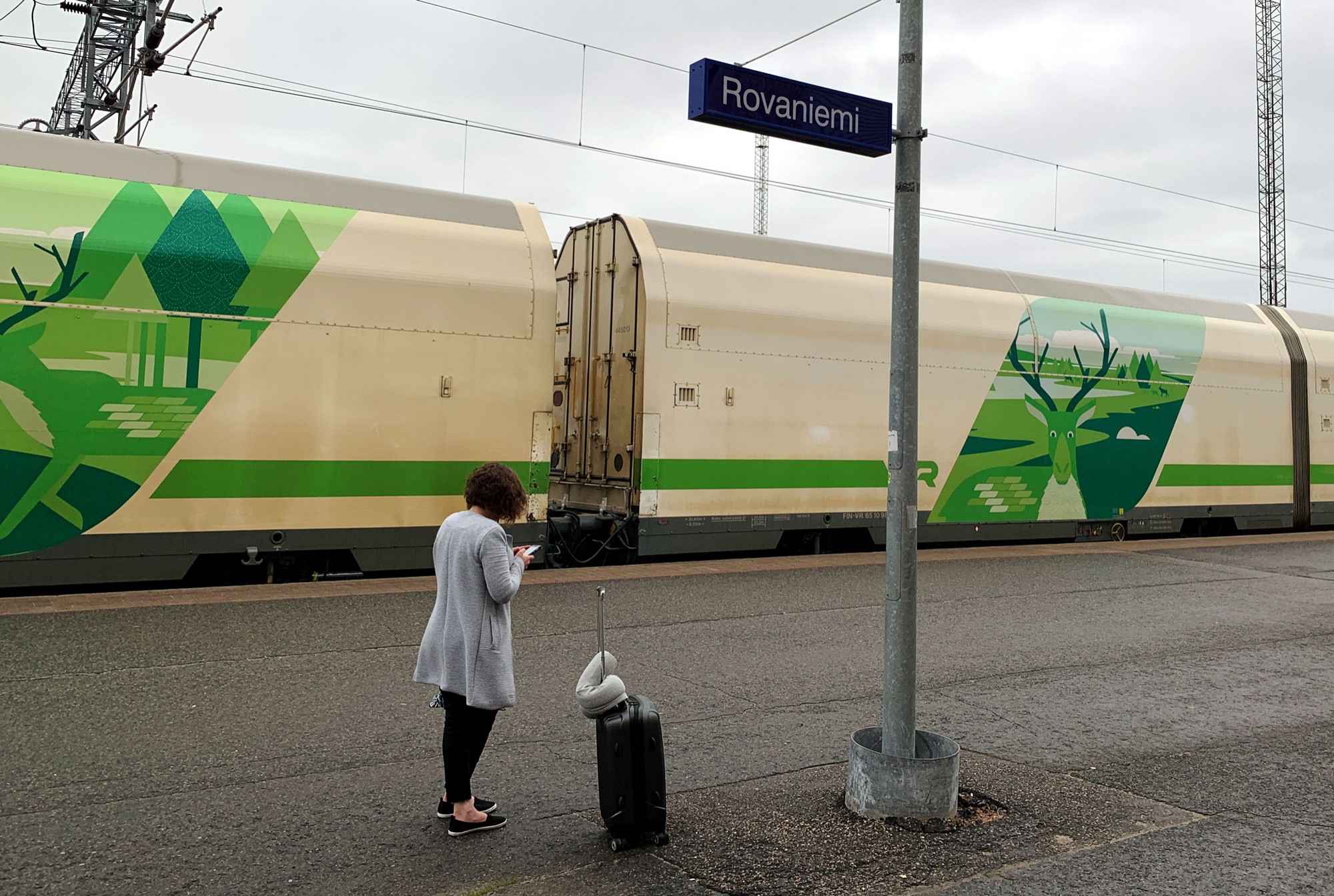
#jäämerenrata
On May 9th, a memorandum of understanding (MoU) was signed to study the feasibility of the project at the Arctic Business Forum between Sor-Varanger Utvikling, the public, Kirkenes-based business development company for the Arctic Norwegian municipality of Sor-Varanger, and Finest Bay Area Development, the infrastructure development company founded by Vesterbacka and angel investor Kustaa Valtonen.
In press interviews afterwards, Vesterbacka was quoted as saying the project could be built with private investment, environmental concerns could be easily addressed, that the train could even be routed underground to avoid disturbing reindeer grazing areas and that he’d already had conversations with Saami leaders about the project.
(When contacted by Eye on the Arctic, The Saami Council, the Saami Parliament of Norway and the Saami Parliament of Finland each said neither Peter Vesterbacka nor anyone from his company had been in touch with them regarding the revival of the railway project. Peter Vesterbacka told Eye on the Arctic he didn’t want to comment further on which members of the Saami community he’d been referring to.)
In the days after the announcement, #jäämerenrata (ArcticRailway) exploded on social media with the business community and local and regional politicians praising the move as imperative for the economic future of their regions, while environmental groups and members of the Saami community saying it had taken them completely by surprise.
“You try so hard, but it came back,” a Saami reindeer herder in one of the potentially affected districts told Eye on the Arctic.
“Sometimes you feel like you can’t take it anymore and have no more strength to fight,” said the herder, who didn’t want their name, or the country the lived in published, saying they were concerned about the social consequences of speaking out against the railway in their region where the Saami are a minority.
The Entrepreneur
Discussion of a railway that could link the European train network with the Arctic Ocean through Finland goes back well over a decade.
But serious discussion around the project gained traction under Finland’s most recent Arctic Council chairmanship (2017-2019) and was included in Finland’s 2017 updated Arctic strategy before fizzling out after the working group report. And Finland’s current centre-left government, elected earlier this year, makes no mention of a rail link north of Rovaniemi in their programme.
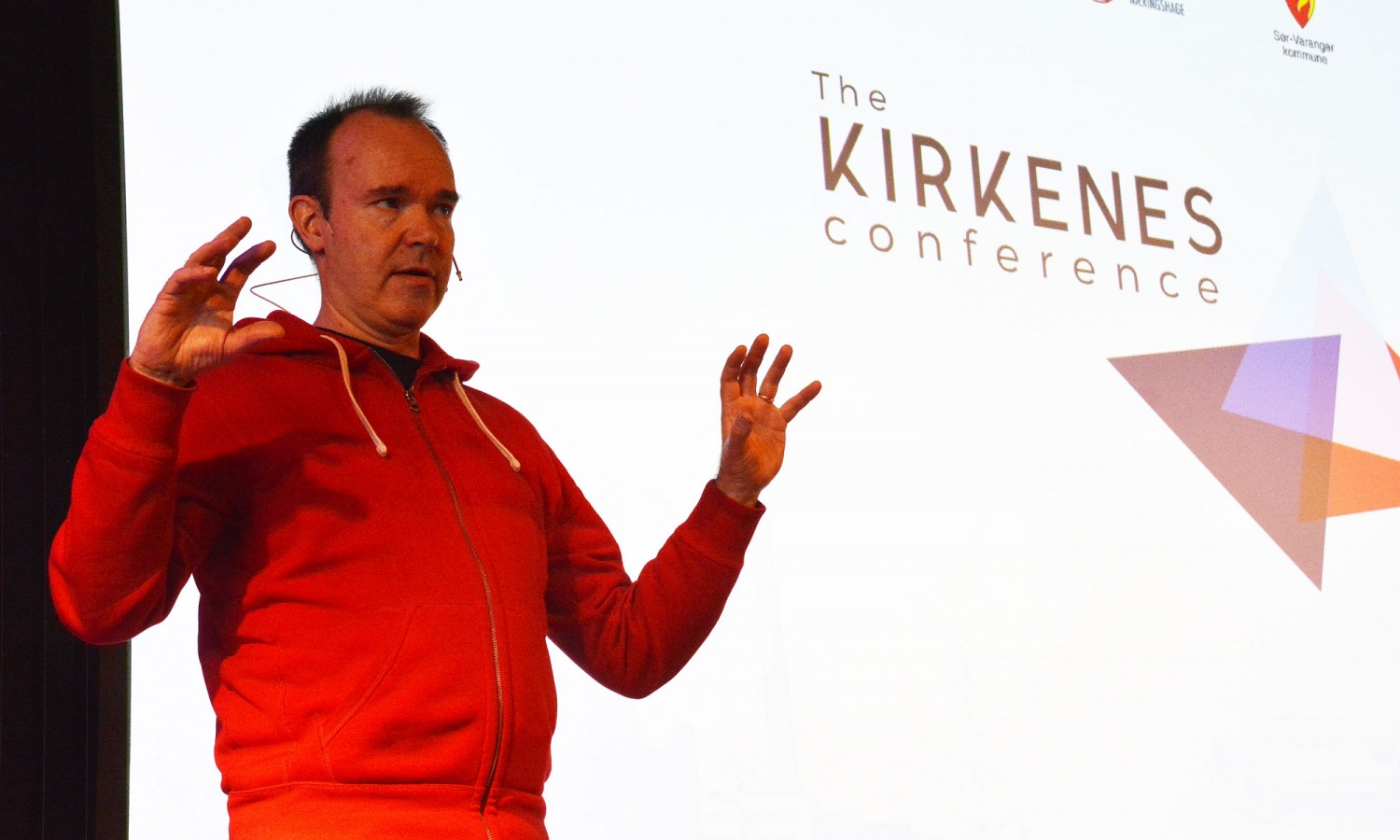
But Vesterbacka says he still believes in the project and that it could be completely built with private investment from places like China and the European Union.
In short, he says, the naysayers are simply wrong.
“The feasibility studies, the things done on the public side. Let’s just say they’re low on innovation and vision,” Vesterbacka said in an hour-long telephone interview with Eye on the Arctic. “They look at the world and see the status quo and not our collective future potential.
“What we do in start-ups, as entrepreneurs, is people tell us something is impossible and we go out and prove them wrong. We’re about getting things done and that’s what I think we can bring to the table with the Arctic railway.”
Kenneth Stalsett, CEO of Sor-Varanger Utvikling, the public Kirkenes-based business development company for the Arctic Norwegian municipality of Sor-Varanger, says the North needs this start-up mentality.
“It’s the same thing for the northern regions of Norway and Finland, like I imagine it is in Canada and Alaska, we don’t get a lot of attention from our southern capitals,” Stalsett said.
“The report was written by bureaucrats in the South and it was not very visionary. They don’t follow the trends we’re seeing because they’re writing it on standard inputs, that there’s not a lot of people in the region, not a lot of industry, not a lot of cargo and nothing to bring it all together.”
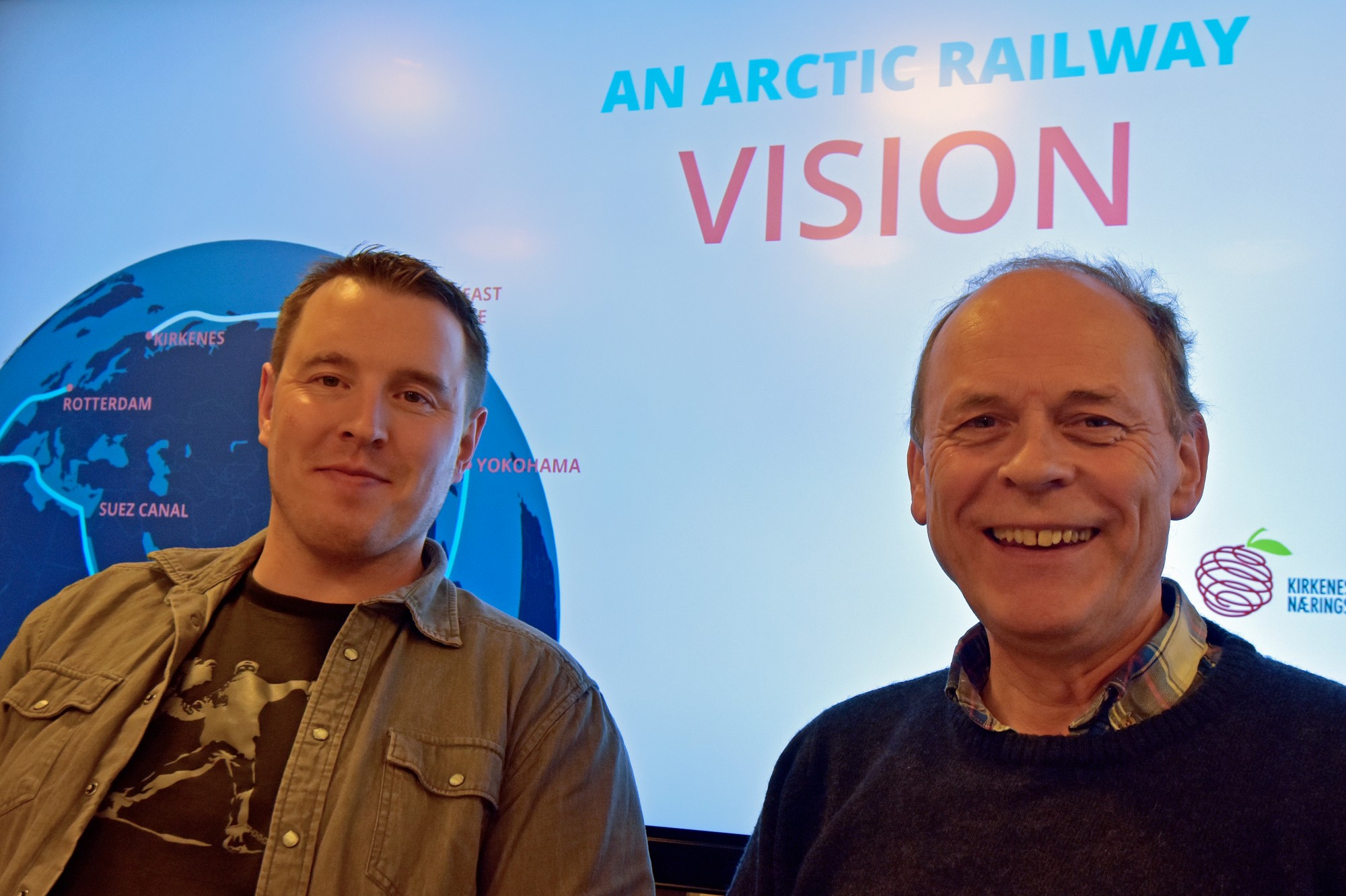
But with climate change transforming the North, new trade routes opening up, and almost weekly headlines on new Arctic investments from China and Russia, Stalsett says the railway, and a long-discussed new port project in Kirkenes, would create an Arctic transport corridor that could be a game-changer for the region.
Timo Lohi, the development manager for the Region of Northern Lapland, an area that encompasses Finland’s northernmost municipalities of Inari, Sodankyla and Utsjoki, agrees.
“The Finnish nation is considered as an island and we are very dependent on cheap transports,” Lohi said. “This Arctic railway is very important to increase the competitiveness of Finnish industry, but also to keep our companies in the North and to keep inhabitants so they don’t have to go to the South for opportunities.”
In March of this year, Vesterbacka’s company Finest Bay Area Development signed a memorandum of understanding for €15 billion euros in financing with China’s Touchstone Capital Partners to build the approximately 100-km tunnel between the Finnish capital of Helsinki and the Estonian capital of Tallinn.
The tunnel, a project Vesterbacka and his partner Kustaa Valtonen have been working on since 2016, would cut the average two-hour ferry trip between the two cities to approximately 20 minutes by undersea train.
Vesterbacka says his vision is about more than just railway, but about creating a new transport route between Europe to Asia, using the tunnel and the Arctic railway to transform this region of the North into an economic and transportation hub.
“These infrastructure projects are all just enablers,” he said. “To create gravity, to enable future growth and enable more well-being and happiness. Entrepreneurs and start-up entrepreneurs are all about making the world a better place and the projects I’m working on are all about that.”
Matti Kymenvaara, a forestry and energy expert and former member of the Finland working group at the Arctic Economic Council, an independent body set up by the Arctic Council that enables and promotes business activities in the North, says this big-picture vision of the project was absent from earlier discussions around the railway.
“This is an opportunity we can’t afford to miss,” he says. “If we have the tunnel link from Helsinki to Tallinn, and then the Arctic railroad, basically you have a rail link that would cover the European Union the whole way from the Mediterranean to the Arctic Sea.”
Vesterbacka says upcoming steps include doing their own feasibility studies and looking at potential routes and that he’s committed to making conversations around the Arctic railway more inclusive than in the past.
“Discussions around the Arctic railway have been very polarized,” he said. “The only way to deal with that is to share as much information as possible and engage in a dialogue once we have more information, but right now, because it’s super, super early, there’s very little to share.”
Vesterbacka says he understands Indigenous concerns but is convinced he can get everyone on board if people would stop long enough to listen to him.
“Not all things in the past have been done perfectly when it comes to Indigenous people,” he said. “That goes for Finland, the Nordic countries, Canada, the U.S., Australia… It’s a long list.
“So I totally understand where people are coming from and that they’ve been radicalized and are a bit more militant. There’s nothing we can do about the past, but there’s a lot we can do about the future.
“People say the railway will be the end of the Saami people and the Saami culture as if it is very black and white. I understand it’s an emotional issue but it’s difficult to have a productive dialogue because you can’t address emotions with facts, because in those cases, it’s like facts don’t matter.”
However, the almost two dozen members of the Saami community interviewed during the reporting of this story say that it’s not emotion driving their opposition to the railway project, but rather the effects railways, in combination with other pressures on Indigenous life, are already having on Saami communities in other parts of Europe.
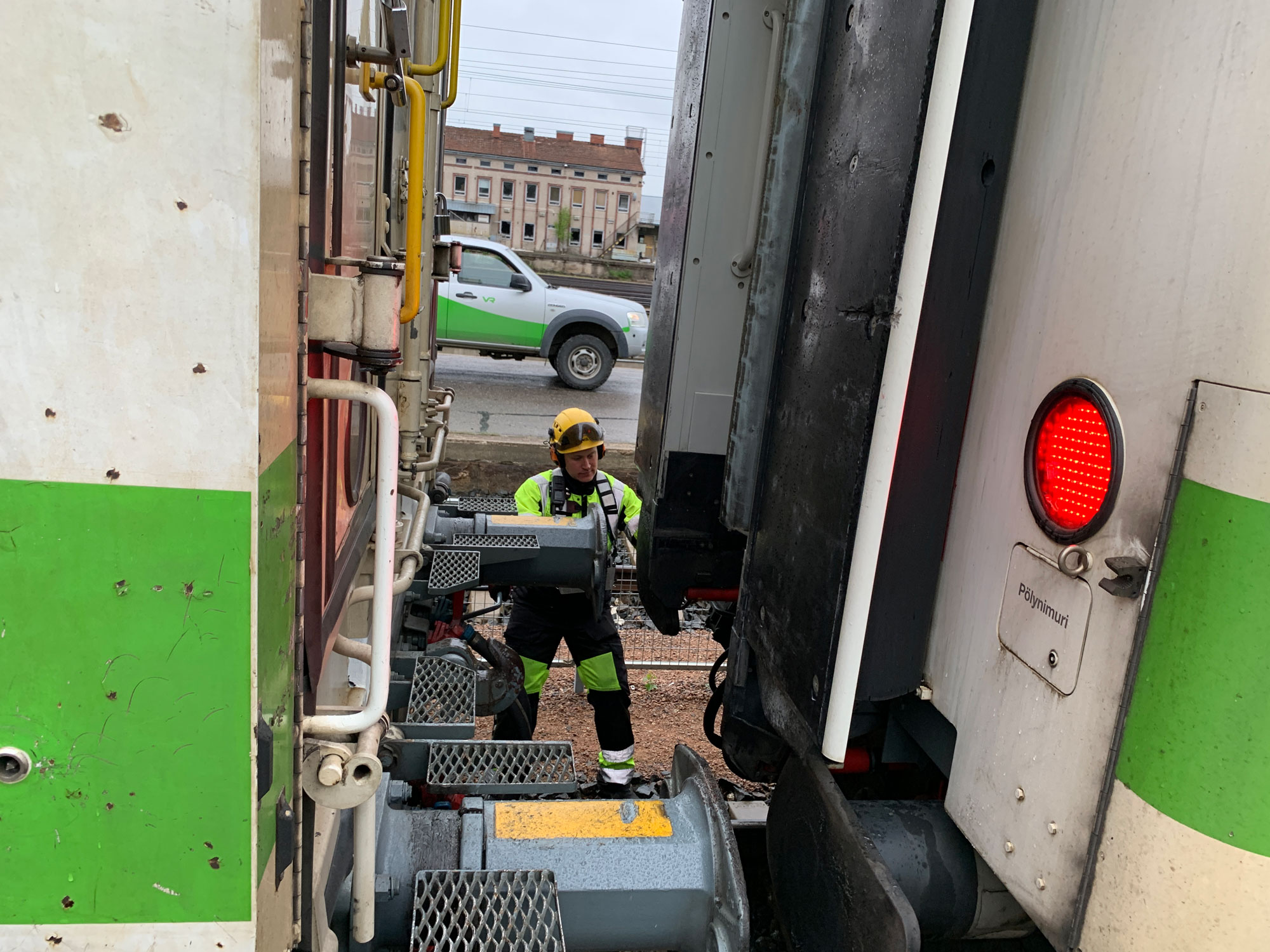
The Land
KIRUNA, Sweden – It’s a cold, clear day in Arctic Sweden and Nils Hakan Enoksson, a Saami reindeer herder, is driving his ATV through ground so spongy and soupy from the melted snow it sucks at the vehicle’s wheels.
Most of his herd is grazing in the mountains this time of year, but he’s kept one cow and her calf near Kiruna this season to keep an eye on them.
He stops frequently to point out everything from reindeer tracks to animal remains.
“You see that,” he says pointing to a pile of reindeer bones. “It can happen when they get hit by trains. Even if they’re not killed immediately, they can get injured. Then come and die.”
A few minutes later he drives up to Svappavaarabanan, a 40km freight rail line built in 1964 between the town of Kiruna and the mining village of Svappavaara to the southeast.
Enoksson, like most of the other herders in the region, have stories of reindeer being hit by trains in the region, whether this one or on Malmbanan, the Iron Ore Line, built in 1902 between Riksgränsen near the Norwegian border and the town of Boden 435km to the southeast.
Elders can still describe coming down from the mountains to find railways or roads in grazing pastures that no one had told them or their parents would be built.
Herders like Enoksson describe constant struggles to have the Swedish Transport Administration erect fences along rail routes to protect their animals. But even when fences are put up, the harsh Arctic winters quickly send them into disrepair that herders say rarely seem to get fixed.
“I call them, but they don’t come,” Enoksson said. “They say they don’t have enough money. But I have to protect the animals so I end up having to buy materials and come fix the fence myself. I’m a taxpayer but I end up working for the State for free. It’s like they try to find reasons not to do it.”
The Swedish Transport Administration did not return Eye on the Arctic phone and email fact-check requests on how they respond to and prioritize reports of broken reindeer fences.
Herders across Arctic Europe say the results of reindeer collisions are devastating.
In Norway, Saami herder Ole Henrik Kappfjell, says he’s had reindeer hit almost every year.
In winter 2017/2018 he says he lost almost 100 animals in accidents he describes as massacres.
Kappfjell says there’s been years of meetings with Bane Nor, the Norwegian rail authority, to find a solution, and a fence is finally being built along the rail line near the town of Mosjoen that he hopes will put an end to the collisions.
Although both the Swedish and Norwegian transport authorities pay herders compensation for animals killed by their trains, herders say that’s not enough.
“The reindeer herders are of the opinion that the economical reimbursement does not fairly cover the damage, the emotional trauma or the extra work put upon them, neither the reindeer’s suffering,” says Aili Keskitalo, president of the Saami parliament of Norway.
“Even if they use the money to replace livestock, they will have reindeer that are not familiar to the area, and they will need more manpower to herd them.”
Even when Saami have given input to developers or the State on infrastructure decisions in Sweden the results have been mixed.
In Kiruna, many in the local Saami community still talk about the reindeer bridge over the Malmbanan line that wasn’t built nearly as wide as requested by herders, and which was then placed near a rail depot so noisy it scared animals away from using the bridge all together.
“You must remember it’s railways, yes, but that’s along with important waters and rivers blocked by hydro-power, grazing areas taken over by wind farms and power lines, forestry, extractive industries and the military that are all affecting Saami land use,” says Per Olof Nutti, president of the Saami Parliament in Sweden.
“These are all threats to Saami society as a whole because it causes losses of language, cultural expression and traditions.”
Despite the different legislation, legal tools and policy frameworks in Finland, Norway and Sweden, Saami communities across Europe say they face similar challenges to their traditional lifestyle whether it’s wind power and domestic infrastructure expansion in Norway and Sweden, to pressures from logging and mining in Finland.
“The government of Finland only assesses one small scale project separate from all the other impacts in that specific region,” said Tuomas Aslak Juuso, vice-president of the Saami parliament in Finland.
“So when the Saami parliament or the reindeer herding communities try to explain and show the possible impacts, the governing officials and institutions don’t take those into account. And maybe the worst part is they don’t have to counterargue why the views of the reindeer herder communities or the Saami parliament views aren’t valid.”
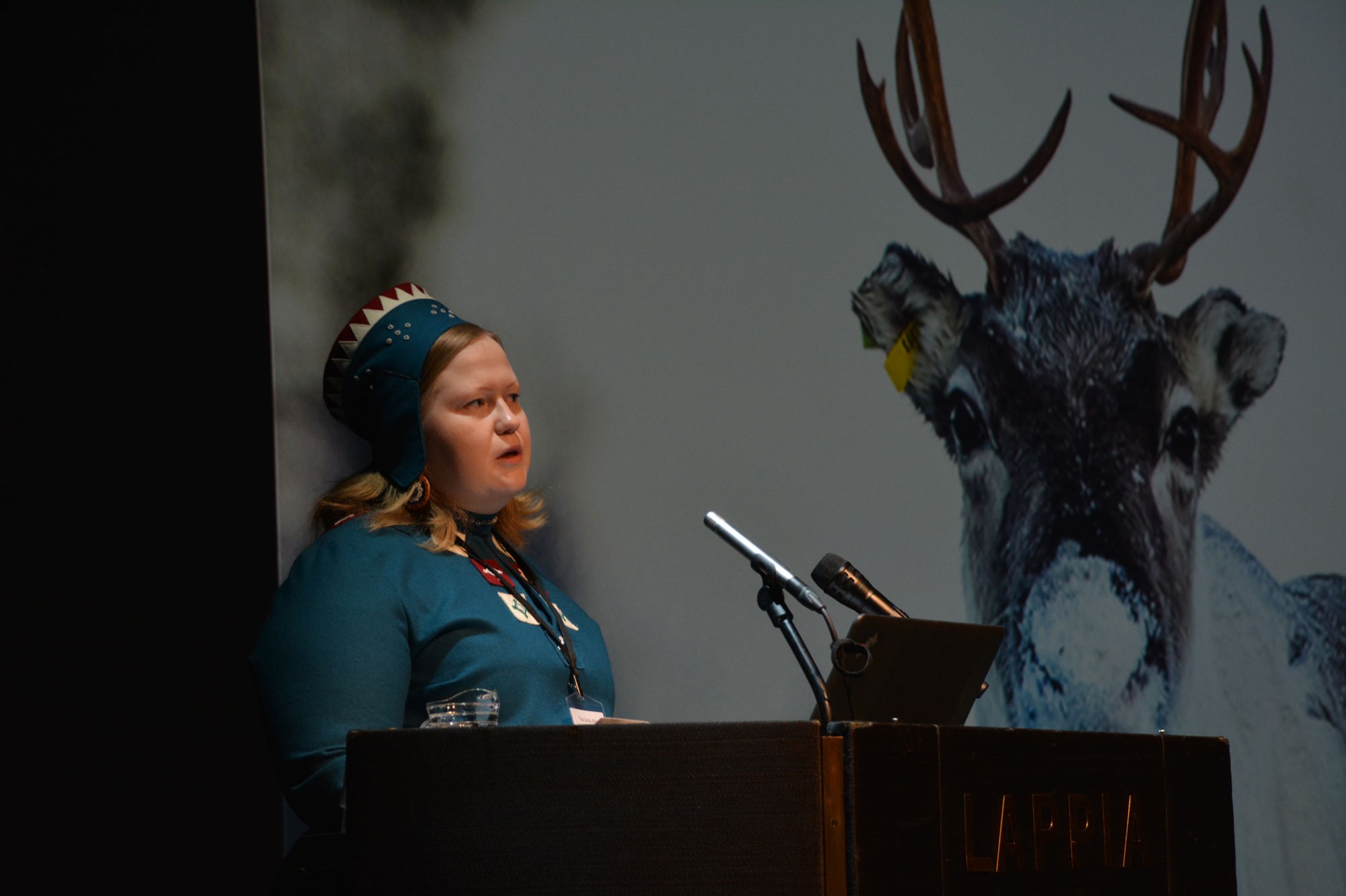
Kai Kokko, a professor of environmental law, University of Helsinki, said environmental protection and Indigenous rights sometimes get lumped together in discussions around projects like the Arctic railway but shouldn’t be.
“Environment and nature are protected in Finland as a general interest. But at the same time we should take care of the Saami people’s rights and their interests as an Indigenous people. These two different things are safeguarded according to the Constitution of Finland and should be taken into account in administrative practice.”
The complexity of responding to the Arctic railway, and other projects like it, underscores the ambiguity in international law when it comes to consulting with Indigenous peoples, says Agne Cepinskyte, an Arctic expert at the German Institute for International and Security Affairs, whose written about the Arctic railway and Saami rights.
“The State has a duty to consult with Indigenous peoples that is widely recognized but there are no legally binding rules about what that should look like,” she said, noting both Finland (which has not ratified ILO 169 – the United Nations International Labour Organization Convention that concerns the rights of Indigenous peoples); and Norway (which ratified ILO 169 in 1990), still lack an appropriate legal incorporation of the duty to consult.
With resources already stretched at the Saami parliaments responding to domestic issues, addressing massive transnational projects like the Arctic railway involving several countries, and languages, along with government and private enterprise, can be overwhelming, say leaders, even when tackling such large projects domestically.
The Regional Council of Lapland, the municipal land-planning body for Finland’s northern Lapland region, invited the Saami Parliament of Finland to appoint a working group in 2018 to assess the impacts of the regional land use plan, a non-binding document that helps guide regional planning, and which included the Arctic railway.
However, in January 2019 the working group, made up of five people, stopped its work in negotiation with the council, when it became clear that there was not the time or resources for the group to assess the impact of the Arctic railway, and the 400-kV powerline under discussion, on each Saami reindeer herding community and how the project would interplay with the other pressures already felt in the different regions.
But despite the relaunch of the Arctic railway project, it’s far from a done deal.
Finest Bay Area Development still needs to conduct their own feasibility study that company cofounder Kustaa Valtonen says they still haven’t established a hard timeline for.
After that, there would be comprehensive environmental impact assessments.
The process will take years.
Until then, assurances from Vesterbacka and his associates that they’re committed to an open dialogue once they have more information to share, do little to reassure Saami herders like Jussa Seurujarvi in Finland.
“Governments, big companies, and even smaller companies, they see Saami as like poker chips or pawns,” Seurujarvi said. “They don’t see our culture and language and livelihood like they should.
“Our whole life is in industry and the Finnish government’s hands. It’s really scary.”
“The water and the land is everything for us and if I’m not able to live like I’ve been raised with my reindeer, who am I anymore?”
This story is posted on the Barents Observer as part of Eye on the Arctic, a collaborative partnership between public and private circumpolar media organizations.
ADVERTISEMENT
The Barents Observer Newsletter
After confirming you're a real person, you can write your email below and we include you to the subscription list.

